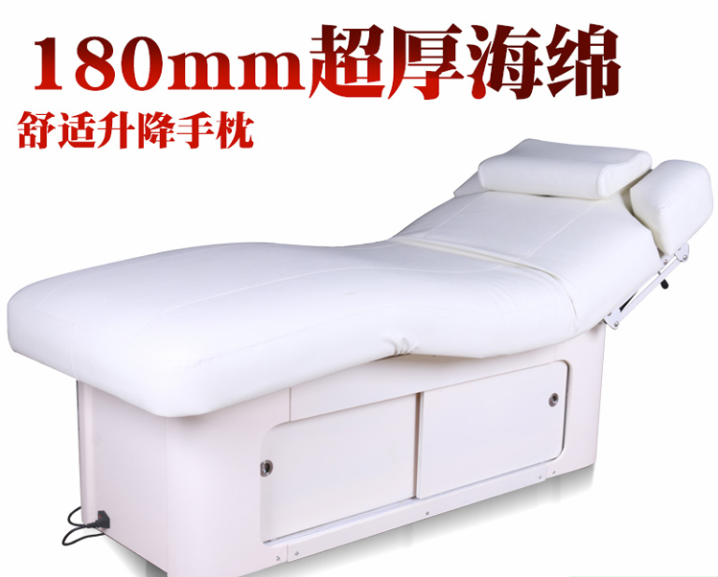Progress in research and application of bioluminescence technology
Objective: To understand the types and mechanisms of bioluminescence and their applications in medicine, biological sciences, food, environmental protection and other fields.
Methods: The types and mechanisms of bioluminescence in the relevant literature and their specific applications in the above fields were reviewed.
Results: There are two types of bioluminescence, the mechanism is clear, and it is widely used.
Conclusion: Bioluminescence has become more and more widely used in many fields, and it is essential for its in-depth understanding and research.
Bioluminescence is the process by which a bioluminescent device undergoes a photoreceptor release reaction in a cell or organism. This article briefly introduces the types and mechanisms of bioluminescence and their applications in medicine, life sciences, food and environmental protection.
Luciferase is a general term for a class of enzymes that catalyze the oxidative luminescence of luciferin or fatty aldehyde in vivo. According to the source, it can be divided into luciferase from firefly (FL) and bacterial luciferase (BL). Under the participation of Mg, ATP and O 2 , FL catalyzes the oxidative decarboxylation of D-luciferin, produces activated oxidized fluorescein, and emits photons, producing fluorescence of 550-580 nm. BL uses fatty aldehyde as a substrate, and with the participation of reduced flavin mononucleotide and oxygen, the fatty aldehyde emits photons while oxidizing to fatty acids, producing fluorescence at 490 nm.
The study of GFP (green fluorescent protein) in fluorescent proteins is the most clear. The special chromophore contained in GFP is formed by the internal cyclization and oxidation of serine, dehydrotyrosine and glycine at the 65th to 67th positions of the protein. When excited by ultraviolet or blue light, it can emit visible green fluorescence without any bottom. Object or cofactor.
Bioluminescence can be used for non-invasive continuous dynamic observation of specific cell or molecular behavior, and is widely used in biomedical fields for pathogenic mechanisms, drug mechanisms, and screening and evaluation of new drugs.
Zhu Hongmei labeled toxic Escherichia coli (ETEC) with green fluorescent protein gene gfp gene, and obtained GFP gene expression and genetically stable luminescent marker strain, which laid a foundation for further study of ETEC infection pathway and pathogenic mechanism. The EGFP-labeled GFP fluorescence can accurately, simply and rapidly reflect changes in bacterial translocation rate, providing a basis for screening and evaluation of probiotics.
Ikawa produced transgenic mice expressing GFP in muscle, spleen, kidney, heart and other organs, indicating that GFP can be used as an effective selection marker before embryo transfer. Fluorescence detection of embryos can selectively breed transgenic mice and greatly improve transgenics. The rate of production of animals reduces the blindness of embryo transfer. Monocytogenes used the macrophage migration inhibitory factor gene as a research object, and used GFP as a reporter to screen for siRNA which can effectively inhibit the expression of macrophage migration inhibitory factor gene.
R Paulmurugan applied luciferase to study the strong interaction between myogenic regulatory factors and cell differentiation inhibitors. Using this principle, sung sheared and recombined starfish luciferase to study the translocation of androgen receptors in mice. It provides a reliable and rapid method for studying protein phosphorylation in cell networks and mammalian cells.
GFP fusion protein can observe the dynamic changes of cytoskeleton, organelle dynamics and transport of endometrial system, information transduction, viral movement and macromolecular transport, etc. Cheng uses gfp gene to modify tobacco mosaic virus and infect tobacco, using laser Scanning confocal microscopy was performed to observe the path and accumulation pattern of viral vascular bundles.
Dang Yaai proved that 17 kinds of commonly used pigments have certain acute toxicity to luminescent bacteria, and the luminescence intensity of bacteria is negatively correlated with pigment toxicity. Luminescent bacteria can detect pigmentation easily and quickly.
Gao Yue used ATP bioluminescence technology to carry out rapid detection test L2 on the bacterial contamination of dehydrated mushrooms. The results are well correlated with standard bacterial culture methods and do not require complicated equipment. They can be used for rapid food screening and on-site testing. It is a new technology worthy of promotion.
4 Summary and Outlook
(Liu Yangzi, Ni Shiyin, etc. Northwest Pharmaceutical Journal)
Features:
1. Comfortable facials and sturdy massage.
2. 3 powerful actuators with adjustable height, backrest and leg support.
3. The knees of the mattress can be lifted so that the masseur can massage the legs.
4. The head can be lifted to form a semi-sitting effect
5. Breathable PU leather + high-resilience stereotyped sponge, giving you a first-class distinguished enjoyment
6. Beautiful hardwood cabinet base provides extra storage space.
7. The head design is handy to hold hands and give customers more comfort
8. Application places massage parlors, beauty salons, spa centers.
9. Oak bed frame + high-quality A-class composite board, circular arc cutting design, super heavy load bearing
10. Cushion thickness18 cmhigh density sponge
11. Maximum load capacity200 kg, N.W. / G.W.147 kg/162 kg

Wood Base Electric Massage Table
Wood Base Electric Massage Table,Wood Base Electric Massage Beauty Bed,Electric Massage Table,Electric Massage Bed
MING MEI ROYAL SPA FURNITURE , https://www.mingmeibeauty.com